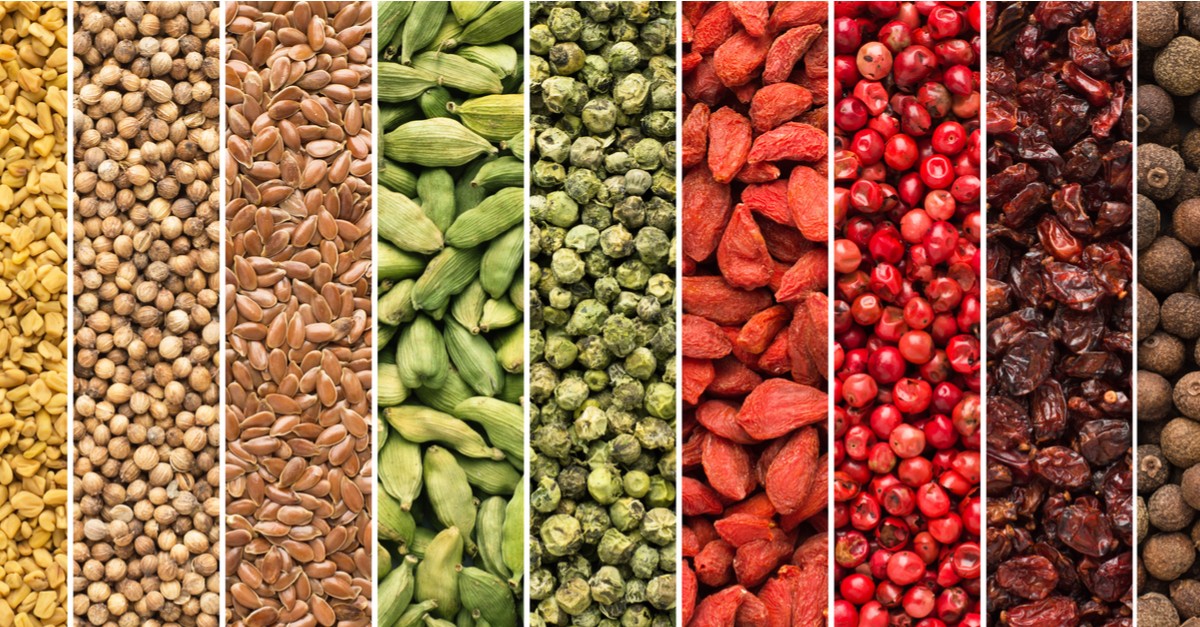The Struggle
If you’ve ever eaten a freeze pop you know they are more flavorful once they melt. This same principle applies to foods like gelatin and other hydrocolloids. As they are broken down or begin to melt the flavor is released. But what about thickeners and gelling agents that do not melt or break down? How can you maximize the tastes when using ingredients that tend to mute the flavors of our foods? But with so many ingredients are there any that are better than others? Which brings us to our question this week…
“Are there certain ingredients that work better for flavor release?”
Release the Flavor!
Flavor release is a tricky thing to understand. With most gelling agents it is related to the melting temperature of the gel itself. A good example is gelatin which melts right around 97°F, whereas agar melts at 185°F. The gel that can easily melt in your mouth will release the flavor better than something that melts closer to boiling. No matter how hard we try and how fast we chew, we will never be able to properly melt something in our mouths that has a melting point of 185°F.
But this isn’t the only way that hydrocolloids can affect flavor release. For example two liquids thickened to the same viscosity one using xanthan gum and another using guar gum with have different levels of flavor release. In this case the guar gum will always have a better flavor release than the xanthan gum when at the same viscosity. It is common to think that the more viscous a liquid is the worse the flavor release will be. In reality it, is all about how the hydrocolloid reacts with the with the aroma compounds in the food. On top of that some aroma compounds will react with differently depending on which hydrocolloid is used.
Unfortunately there hasn’t been enough research done that details how every flavor reacts with each hydrocolloid. But there are loopholes that we as cooks can use to increase the flavor. If you make a thickened liquid or gel that is having an issue with flavor release simply increase the salt or sugar that is in the recipe. A bit more salt will help those savory flavors pop and sugar and can liven up the sweet flavors. But over all if you know you are going to add some sort of hydrocolloid be sure to make the liquid you are using as flavorful as possible to help give your recipe the best result.
Here is a short list to help you that lists popular gelling agents in order of their flavor release from best to worst:
Gelatin: Excellent
HM Pectin: Excellent
Gellan gum F: Very good
Gellan gum LT100: Good
Carrageenan Iota: Good
Carrageenan Kappa: Good
Methylcellulose: Good
Guar Gum: Good
Agar: Mediocre
Sodium Alginate: Poor
Xanthan Gum: Poor
Have a Question? Ask a Chef!
Modernist Pantry is here to help professional and home chefs transform food. We’re honored so many of you reach out to our test kitchen for problem solving and inspiration. Have a question? Click to Ask a Chef!


